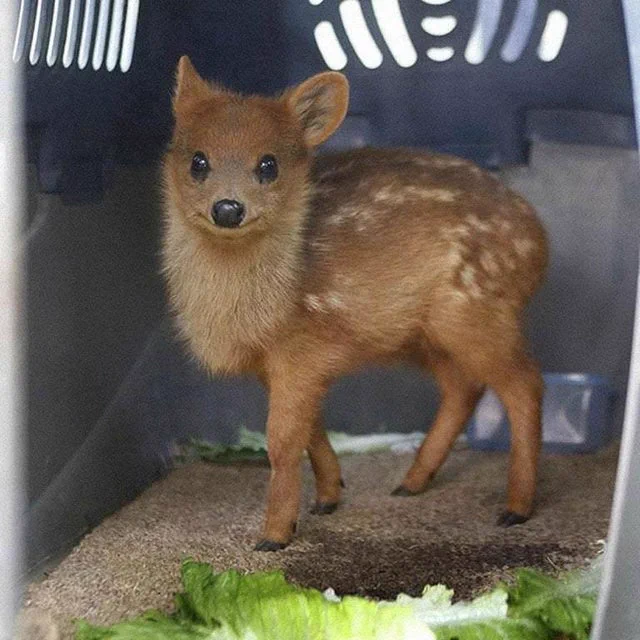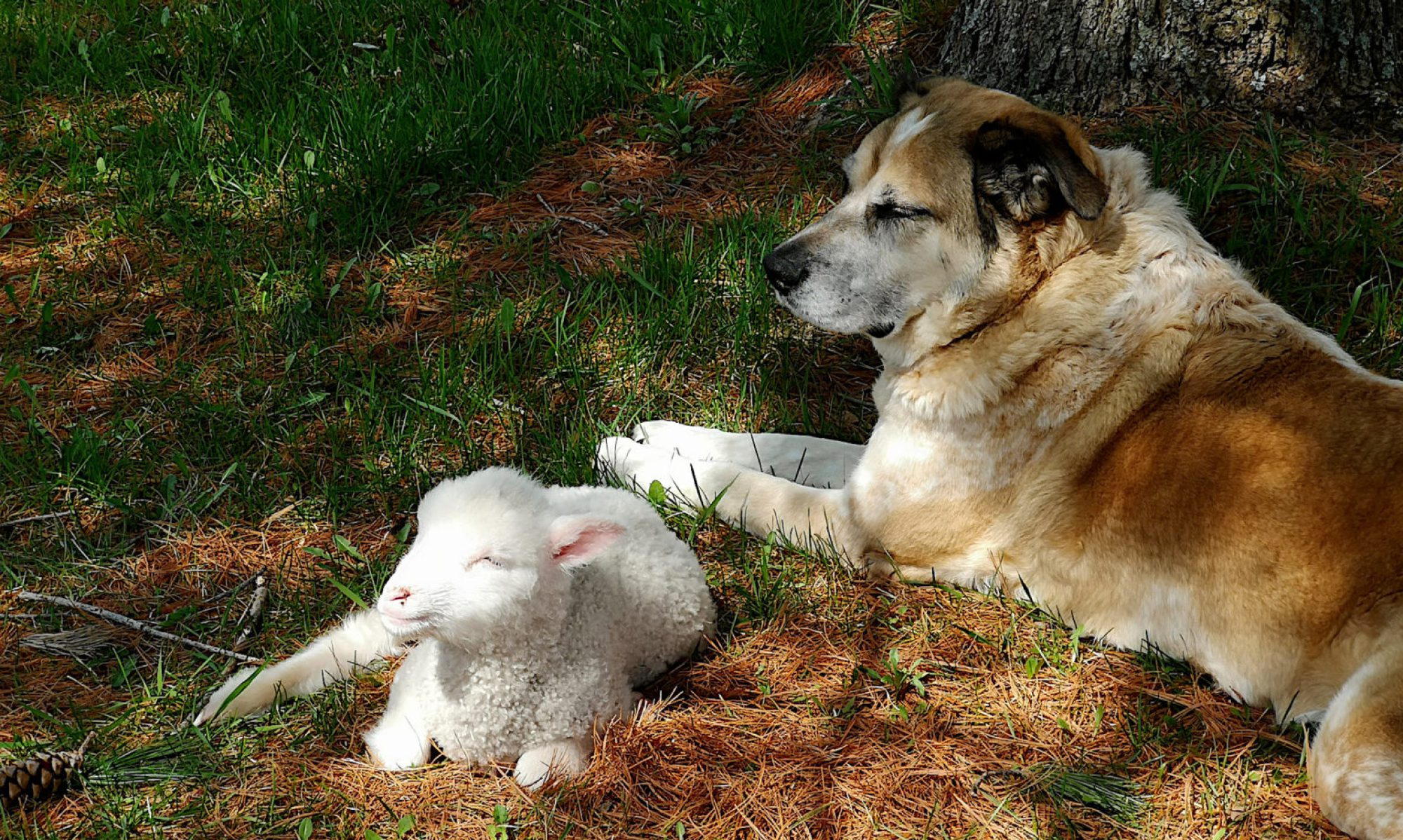
From Cara Giaimo for Atlas Obscura: “Tony Diamond can’t remember exactly why he first shone a blacklight on a puffin. It was around 2010 or 2011, and the ecology professor was helping a graduate student investigate some questions about beak coloration. “For some reason, a colleague had brought a UV light,” he says now. “We thought, ‘Well, why don’t we see what happens.’” So they pointed the light at the bird in question—a preserved specimen—and switched it on. “We got a big surprise,” Diamond says. Under the blacklight, parts of the bird’s beak glowed brightly, as though it had been striped with fluorescent paint.” Such a glowy nose is certainly impressive. But if you threw a best-dressed contest at an all-bird disco, puffins would have some competition. As it turns out, a lot of avian species—from parrots and penguins to owls and nightjars—glow in ways we can’t see. What’s more, they do so using at least two different methods—and for a whole lot of different reasons, some of which remain mysterious to researchers.”
Empire of dust: what the tiniest specks reveal about the world

From Jay Owens for The Guardian: “Nobody normally thinks about dust, what it might be doing or where it should go: it is so tiny, so totally, absolutely, mundane, that it slips beneath the limits of vision. But if we pay attention, we can see the world within it. What do I mean by dust? I want to say everything: almost everything can become dust, given time. The orange haze in the sky over Europe in the spring, the pale fur that accumulates on my writing desk and the black grime I wipe from my face in the evening after a day traversing the city. Dust gains its identity not from a singular material origin, but instead through its form (tiny solid particles), its mode of transport (airborne) and, perhaps, a certain loss of context, an inherent formlessness. If we knew precisely what it was made of, we might not call it dust, but instead dander or cement or pollen. “Tiny flying particles,” though, might suffice as a practical starting definition.”
Editor’s note: If you like this newsletter, I’d be honoured if you would help me publish it by contributing whatever you can via my Patreon. Thanks!
Hitchcock’s “Psycho” and the end of the continuously showing movie

From Jason Kottke: “Going to the movies used to be a somewhat different experience than it is today: people wandered into a theater at any point in a film and would just watch until it looped back around when they came in. This began to change in the 40s and 50s for a variety of reasons — theater owners and movie studios didn’t like it, movies were getting more complex, the rise of TV, etc. — but the real shift occurred with the premiere of Psycho in 1960. The studio put out a promotional blitz before it’s release stating that no one would be allowed entrance to the theater after the start of the film. In a practice later to be known as “fill and spill,” exhibitors hustled audiences in and out with military efficiency. Uniformed Pinkerton guards were on hand to enforce the policy.”
Note: This is a version of my personal newsletter, which I send out via Ghost, the open-source publishing platform. You can see other issues and sign up here.
How the humble pineapple got its name

From Cindy Blanco for DuoLingo: “For this tropical fruit, there are basically 3 options around the world: words that sound like ananas, words that sound like abacaxi, and words having something to do with pine cones. Long ago, English used a form of ananas as well, but it was soon replaced by the word pineapple… which originally meant “pinecone”! In Germanic languages like English, apple was a generic word for any fruit, so a pineapple was the “fruit” of the pine tree. In the 17th century, 2 important things happened to change this: A new word pinecone came onto the scene for the pine tree fruits, and people started talking about an incredible new-to-them fruit that sort of looked like that pine tree fruit. Pineapple was repurposed for the new fruit!” (Here’s more on how the pineapple at one point was an indicator of social status)
The Danish maker of a popular weight-loss drug is worth more than the entire Danish economy

From Julia Collewe for The Guardian: “In the leafy middle-class suburb of Bagsværd, near a lake north-west of Copenhagen, the drugmaker Novo Nordisk’s white circular headquarters rise from the ground like a giant flying saucer. The building looks like a sci-fi film set made by Lego, another stalwart of the Danish economy. Thanks to booming demand for its weight loss treatment Wegovy, the Danish business last week became Europe’s biggest company by stock market value, overtaking the previous holder of that title, French luxury group LVMH. Novo Nordisk’s stock market value of £340bn now exceeds Denmark’s entire economic output, estimated at £323bn this year. The surge in overseas sales of the drug has pushed up the value of the Danish krone, forcing the country’s central bank to keep interest rates lower than it otherwise would in order to rein in the value of the currency.”
Chemists have developed a secret formula for recovering gold from old cellphones

From Anna Turns for the BBC: “For two years, the Royal Mint, the UK’s official coin producer, has been developing a mysterious new way to recover metals from electronic waste. As I walk into her small demo laboratory, Hayley Messenger, a chemist specialising in sustainable precious metals, explains why nothing here is labelled: “Everything is a secret!” she says, pouring a ‘magic green solution into a glass flask of fragmented circuit boards. She and a team of chemists and chemical analysts, together with Canadian start-up Excir, have invented and patented a clean, energy-efficient way which they claim extracts 99% of gold from the printed circuit boards found inside discarded laptops and old mobile phones. Later this year, the Royal Mint is opening a new multi-million-pound factory which will be able to process 90 tonnes of circuit boards per week once fully operational, recovering hundreds of kilogrammes of gold every year.”
Pudus are a species of South American deer, the smallest deer in the world
From Massimo on Twitter


Reposts
Likes